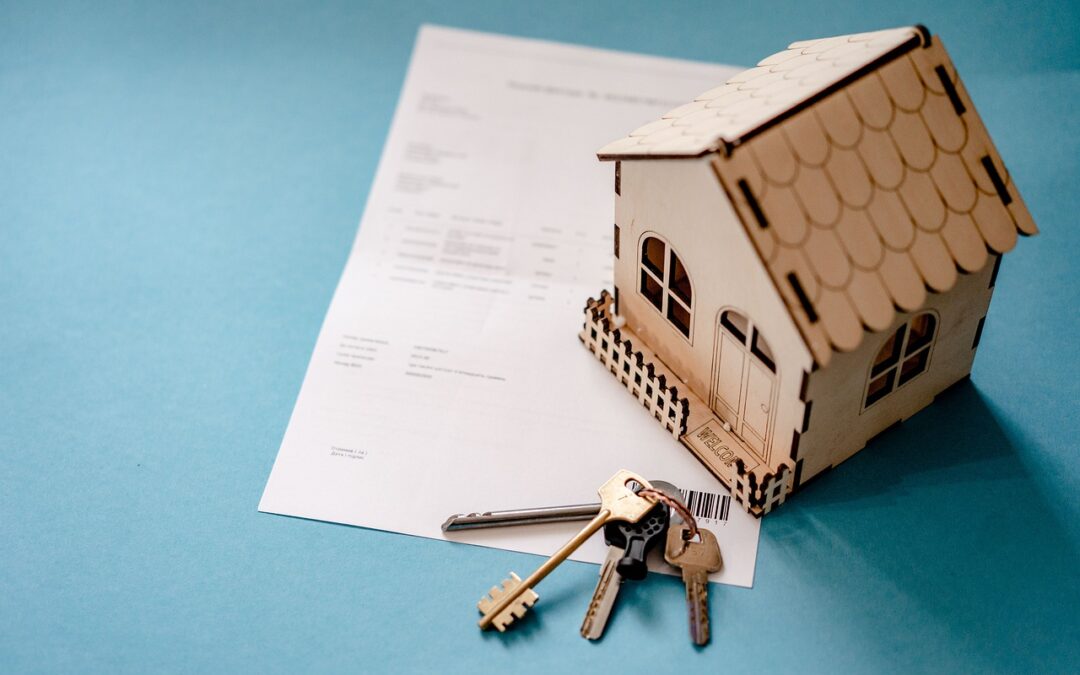Refinance your home loan to replace it with a mortgage. Refinances are often done to lower the interest rate, reduce monthly payments, or tap into their equity. Refinances can be used to reduce the interest rate, eliminate FHA mortgage insurance, or to switch from an adjustable-rate loan to a fixed-rate one.
Let’s start with the most important aspects of refinancing your mortgage. Then, let’s go through each step.
What is refinancing?
A mortgage is required to purchase a home. The home seller receives the money. Refinance a home and you will get a new mortgage. The new mortgage will pay off the remaining balance on the existing home loan and instead of going to the seller.
Refinance mortgages require you to be qualified for the loan. As you did when you purchased the house, you file an application and go through the underwriting process.
Refinance your home: Why and when?
Before you start refinancing your home loan, think about why. The goal you set will guide you through the entire mortgage refinancing process.
- Reduce your monthly payment. If you want to pay less each month, refinance your loan into one with a lower interest. You can also extend the loan term to lower your monthly payments, such as from 15 to 30 years. You will pay higher interest over the long term if you extend the loan term.
- Tap into equity. The lender will give you a check for any difference if you refinance to borrow more money than you owe on the current loan. This is called a Cash-out Refinance. Many people get both a cash-out refinance as well as a lower interest rate.
- You can pay off your loan quicker. Refinance from a 30-year mortgage to a 15 year loan and you’ll pay the loan off in half the time. You pay less interest over the loan’s life. A 15 year mortgage has its pros and cons. The downside is that monthly payments are more expensive.
- FHA mortgage insurance can be cancelled. However, the Federal Housing Administration mortgage premium that you pay for FHA loans cannot be canceled. If you have enough equity, the only way to get rid FHA Mortgage Insurance premiums are to sell your home or refinance the loan. To calculate your equity, first estimate your home worth. Next subtract your mortgage balance.
- Change from an adjustable-rate loan to a fixed rate loan Adjustable-rate mortgage interest rates can rise over time. Fixed-rate loans remain the same. If you prefer stable payments, refinance from an ARM to a fixed rate loan will provide financial stability.
Refinance to another 30-year loan for your home?
Usually, the goal is to lower your monthly mortgage payment. It’s tempting to refinance for a full 30-year term to reduce your mortgage payment. This will mean that you’ll take longer to pay off your home and end up paying more interest in the long-term.
You can instead ask your lender to match the remaining loan term. If you have a 30-year loan that you have been repaying for three years, then you still have 27 years. The lender can arrange for payments to be made over 27 years, instead of the usual 30. You can reduce the interest that you pay over the term of the loan by doing this. This mortgage amortization is at work.
A mortgage refinance calculator is available.
Now it’s time for you to calculate the numbers once you have decided to refinance. A mortgage refinance calculator will help you find the best mortgage.
It is necessary to be aware of (or make educated guesses about), your new interest rate, and the amount of your loan.
Once you have entered the data, the tool will calculate your monthly savings and new payment. It also calculates your lifetime savings taking into consideration the cost of refinancing.
It will also show you your refinance “breakeven” point. A mortgage requires you to pay fees. These fees can often be thousands of dollars. Refinances take time to reach profitability, meaning that the monthly savings accumulated must exceed the closing costs.
A refinance calculator can give you an idea of what to expect. You can also enter terms from different mortgage lenders into the calculator to determine the best deal.
Find the best refinance rates
You will need to do some research, or perhaps web work and phone calls. It is important to compare the best rate for your loan and receive a loan estimate from each lender. Every potential lender must issue an estimate within three business days of receiving your basic information.
The Loan Estimate consists of a three-page document detailing the loan terms, projected repayments, and any other fees.
Compare loan details from different lenders to determine which one is right for you. You can use this time to calculate your mortgage refinance.

